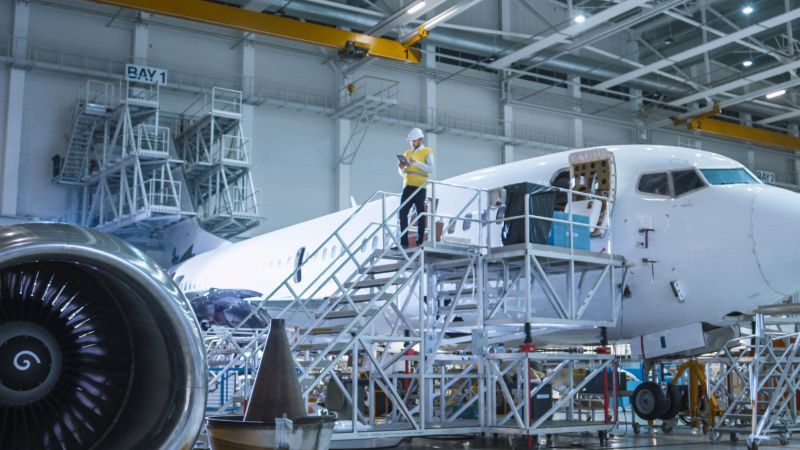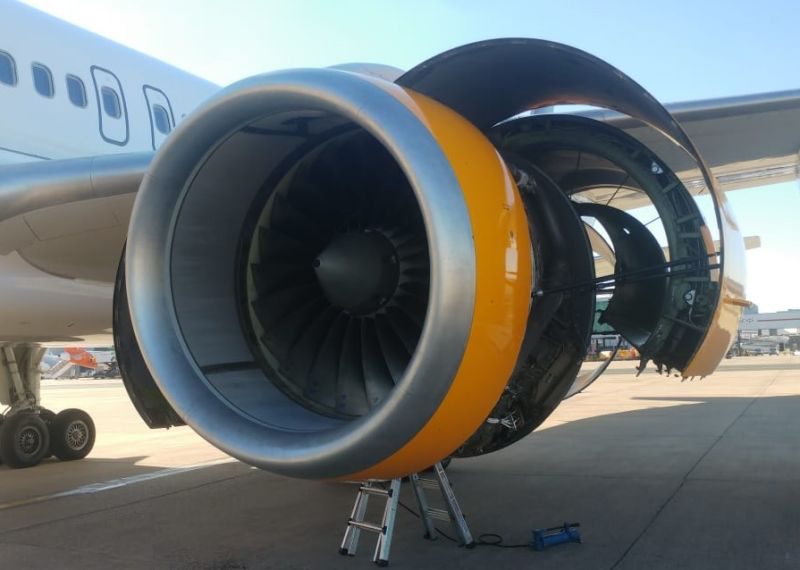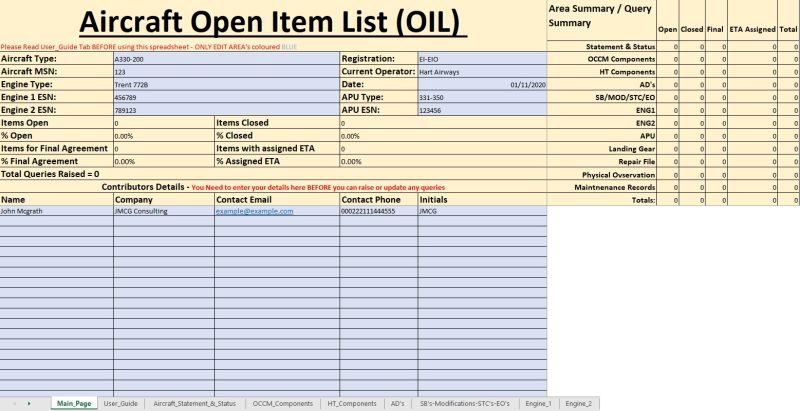LOPA stands for ‘Location of Passenger Accommodations”, which is a specification drawing of the interior design and layout of the cabin interior.
The LOPA is a diagram displaying the locations of the flight deck, attendant and passenger seats, lavatories, galleys, emergency equipment, windbreakers and other monuments. The Emergency Equipment Listing (EEL) is included as part of the LOPA and lists the part numbers of all emergency equipment.
If an airline wants to change the interior configuration of the cabin in a major way, they must do so through a Supplemental Type Certificate (STC).
The STC will generally cover the following changes:
· Seating Layout (LOPA)
· PSU Layout
· Emergency Equipment Layout
· Floor path marking system installation
· Carpet installation
· Curtin installations
· Monument installation and removal




